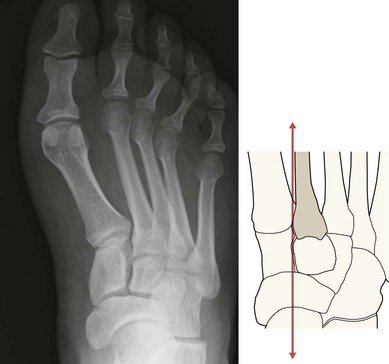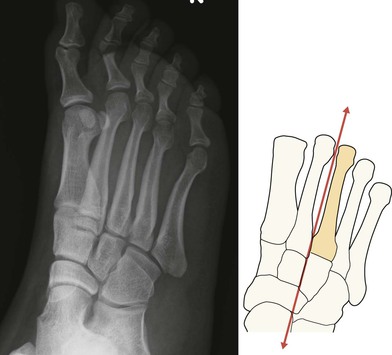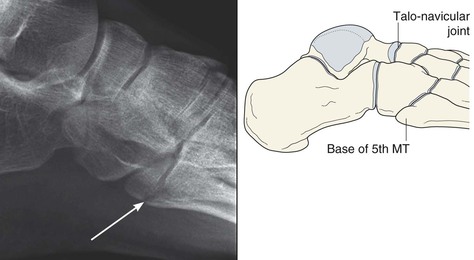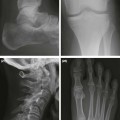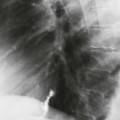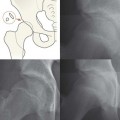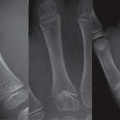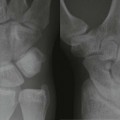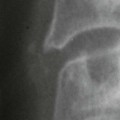The bones of the midfoot form an arch. As a consequence several of the tarsal bones, specifically the three cuneiform bones and the bases of the metatarsals, overlap on both the AP and oblique projections. The individual bones can be separated from one another when the AP and oblique radiographs are examined as a complementary pair. The base of the 2nd metatarsal is held in a mortice created by the three cuneiform bones. This mortice helps to prevent lateral slip of the bases of the metatarsals during weight bearing. Alignment of 2nd metatarsal and the intermediate cuneiform. May appear “notched”. Alignment of 3rd metatarsal and the lateral cuneiform. May appear “notched”. Analysis of the images will be influenced by the clinical findings such as the precise site of swelling, bruising, tenderness and pain. Check: Check: Check: ▪ Very common. Some 35% of all foot fractures are metatarsal injuries3. In general, detection of a fracture involving any of the medial four metatarsals is easy. ▪ As many as 70% of all metatarsal fractures involve the 5th metatarsal2. A fracture of the tuberosity represents an avulsion injury resulting from contraction of the peroneus brevis muscle and the pull of the plantar aponeurosis. It is caused by a plantar flexion–inversion injury. A patient presenting with a twisted ankle: careful clinical examination of the base of this metatarsal will indicate when radiography of the foot, not the ankle, is necessary.
Midfoot & forefoot
Normal anatomy
AP view
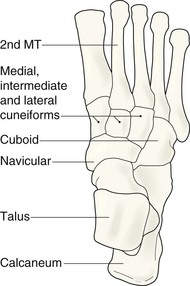
Oblique view
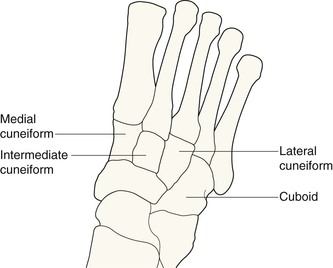
The cuneiform mortice and the Lisfranc joints
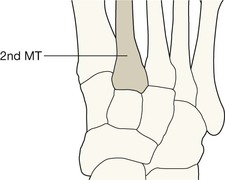
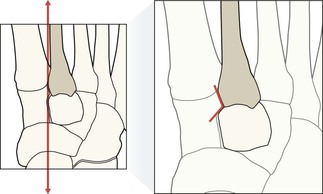
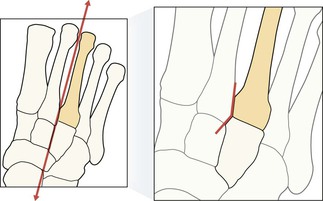
Analysis: the checklists
The AP radiograph
The oblique radiograph
The lateral radiograph
The common fractures
Metatarsals and phalanges
Base of the 5th metatarsal

Midfoot & forefoot
17
